The Inside Passage is a magnificent coastal route weaving past islands along the North American Pacific coast. Especially the Alaskan Inside Passage is probably one of the most popular routes on cruise-loving people’s bucket lists. I don’t actually know, I’m just making an educated guess here. 🙂
Most people spend an awful lot of money to see this amazing part of the world but should you?

5 REASONS TO TRAVEL THE INSIDE PASSAGE BY FERRY
You can either pay a few thousand dollars to be wowed by the stunning scenery along the Inside Passage or plow the waters using the more humble “public transport” system.

We opted for the latter on our Canadian road trip adventure, and took BC Ferries from Port Hardy, Vancouver Island to Prince Rupert. There we switched to the Alaska ferries and travelled all the way to Haines, Alaska.
READ MORE: 7 Stunning Inside Passage Destinations

Based on our pretty fabulous experience, here are 5 reasons why you should travel the Inside Passage by ferry. At the end of the article, I’ve also got some tips to make your Inside Passage experience a little easier.
[Side note: I’m pretty happy to own up that I’m not a big fan of cruise ships and that getting on ferries was a much more palatable idea to me. In fact, I don’t even really like water travel so for me to even consider taking the ferries was a big deal.]
1. EXPLORE VARIOUS PORTS OR DO SOME ISLAND HOPPING
The large cruise liners do stop at various ports along the Inside Passage.
Ketchikan, Juneau, Skagway, and others in southeast Alaska can all be visited for the day but like with any cruise, you’ll be pressed for time, are on a fixed itinerary, and remain among the thronging crowds that swarm every port of call.
However, if you jump on the British Columbia Ferries to Prince Rupert or the Alaska Marine Highway ferries, you can organise to get on and off wherever you like, providing the ferry stops there, of course.
That way you can do your own excursions, stay a night or two in one of these remote communities, and zip around the various islands and ports in whatever fashion you wish.
In fact, you’ll get to explore places the cruise ships can’t dock at because they are simply too massive for some of the narrower passages and smaller harbours.
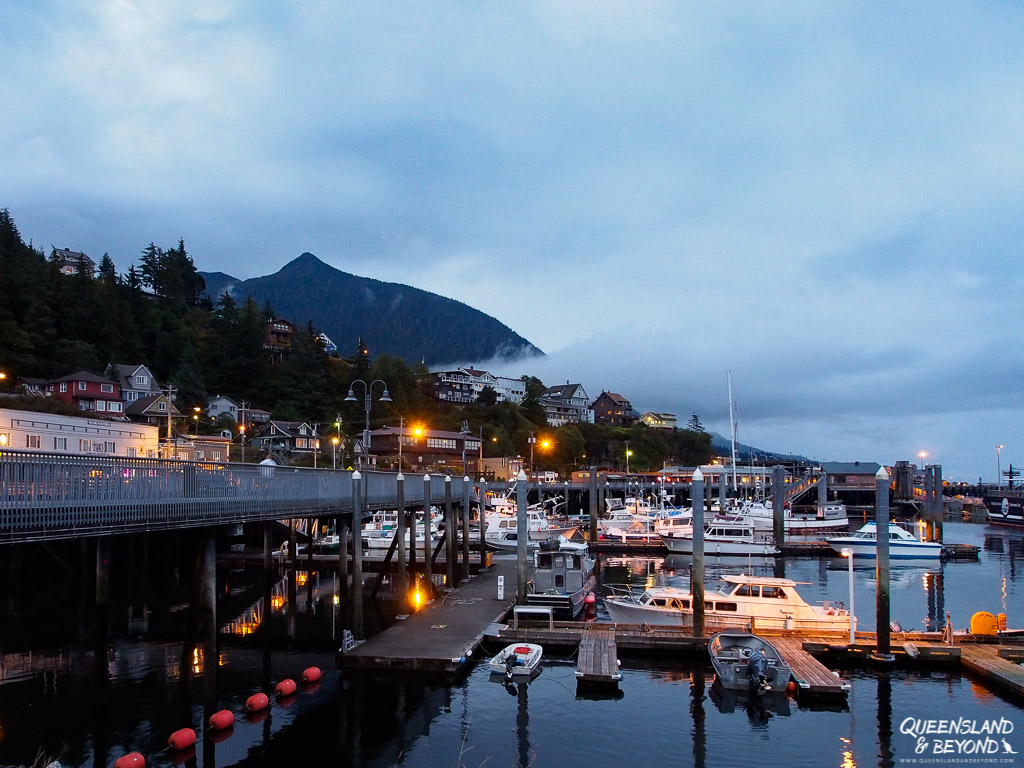
In hindsight, we realised that we didn’t quite research the Inside Passage enough, whether for Canada or southeast Alaska. Because if we had, we would have realised just how picturesque and isolated the fjords and local communities are, how much hiking and glacier sightseeing there is, and how steeped the region is in Indigenous culture and Russian, Norwegian and early trader history.
If I had figured that out beforehand, we would definitely have extended our ferry trip and hopped around the ports for a week or more.
Returning to southeast Alaska and doing some island hopping is now on my bucket list (not that I really have one).
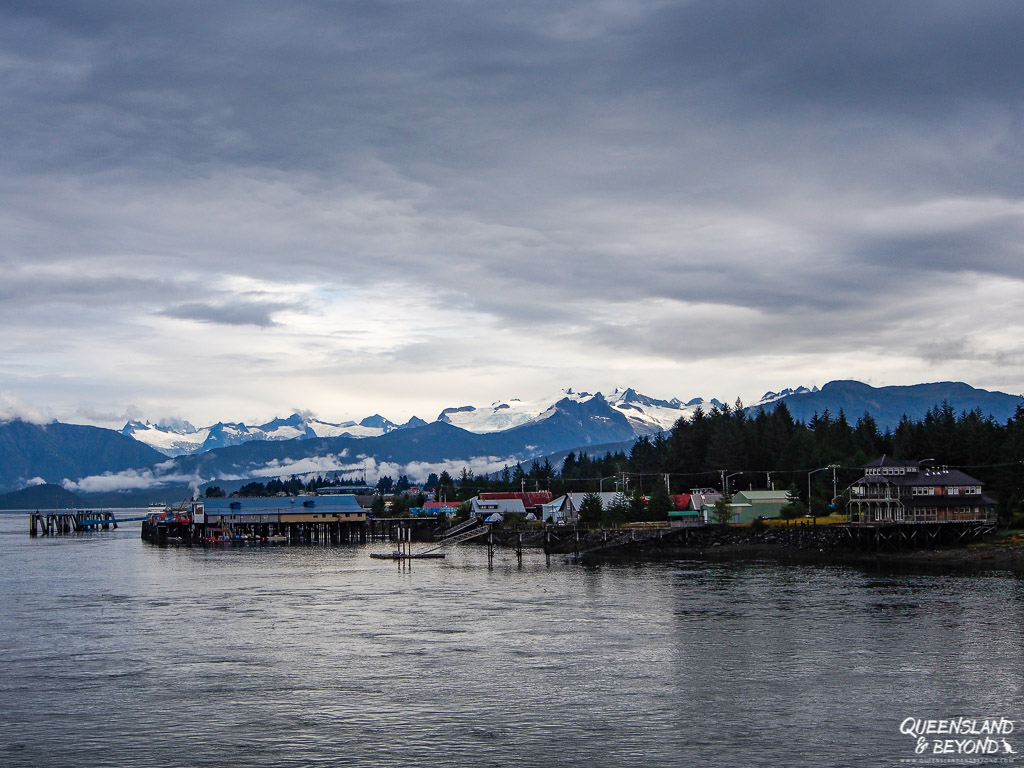
2. TAKE YOUR CAR OR CAMPERVAN WITH YOU
Unlike the cruise ships, these are car ferries so you can take your car or campervan – or whatever set of wheels you have – with you!
Obviously, people don’t usually want to take their vehicle with them when they do a cruise but if you’re keen to combine the Inside Passage with a road trip around the Yukon like we did, this solves the problem rather neatly.
In fact, taking the ferries solved two problems for us:
- We didn’t have to drive all the way to the Yukon from Vancouver and back again, and ended up doing a fantastic round trip in Western Canada;
- We got to relax, slowly plow north and experience the Inside Passage whilst taking our van with us!
READ MORE: Exploring Canada: Going North
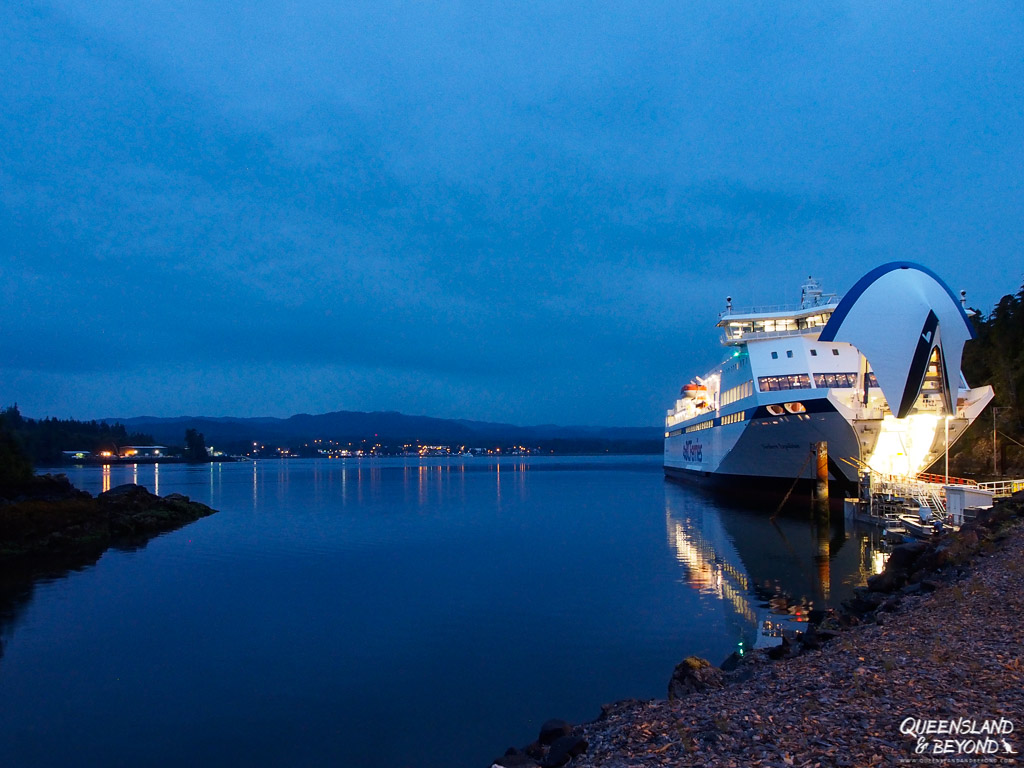
If you want to explore the various ports or island further, you’ve also got your vehicle with you, and don’t have to rely on whatever public transport, car rental or excursions may or may not be available.
Plus it’s quite mind-boggling to watch the logistics of loading and unloading the car deck as the ferries dock at various ports, and cars and trucks need to get on and off without the whole hull being unloaded each time! There’s an intricate system in place as to who goes on when and where, and it’s fascinating to watch.
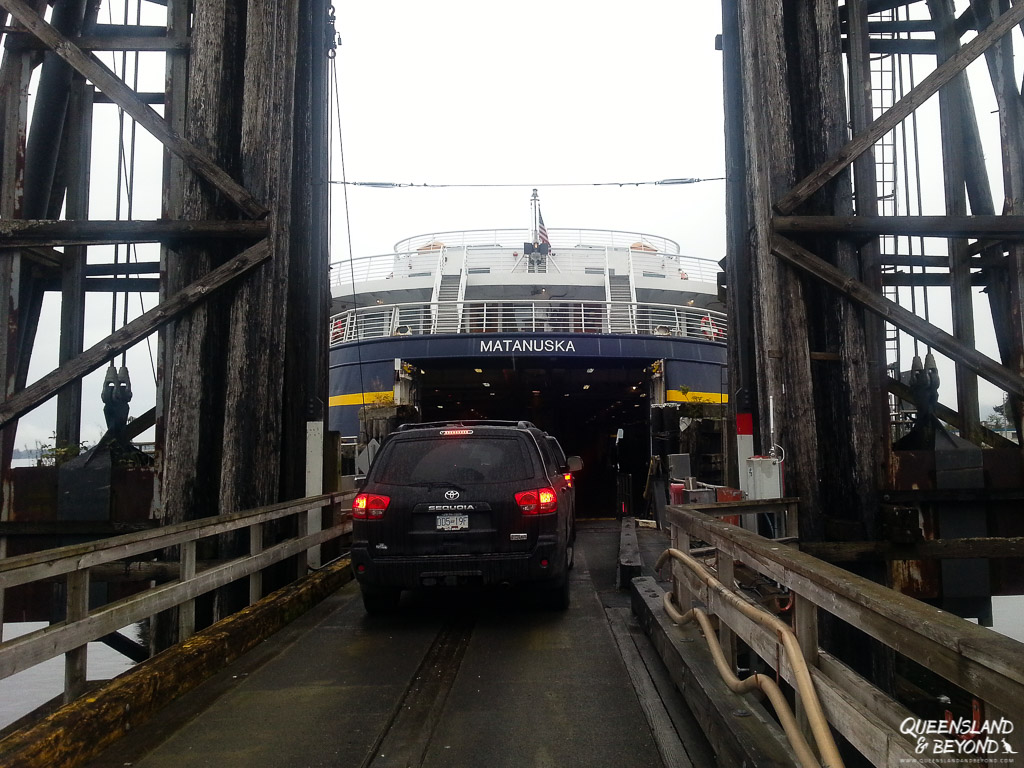
The one downside to taking your car on the ferry is probably the price. The bigger the vehicle the more money you’re going to have to fork out.
3. TRAVEL LIKE A LOCAL (AND A FEW TOURISTS)
Ok, I didn’t think about this one before we left but travelling like a local was an added bonus.
Only tourists ever go on a cruise – just swallow my snobbish opinion here 🙂 – but the ferries were full of locals travelling from one community to another. For many, the ferry system is the only means of transport as most of these communities are only accessible by sea or air. It’s bewildering to think that these places cannot be accessed by road from the mainland, and that they rely entirely on sea or air transport with very limited services during winter.
Of course, you’ll also meet plenty of tourists on the ferries, mostly RVers and backpackers so it’s a nice, low-key opportunity to swap stories, share travel plans, and exchange sightseeing and camping tips.
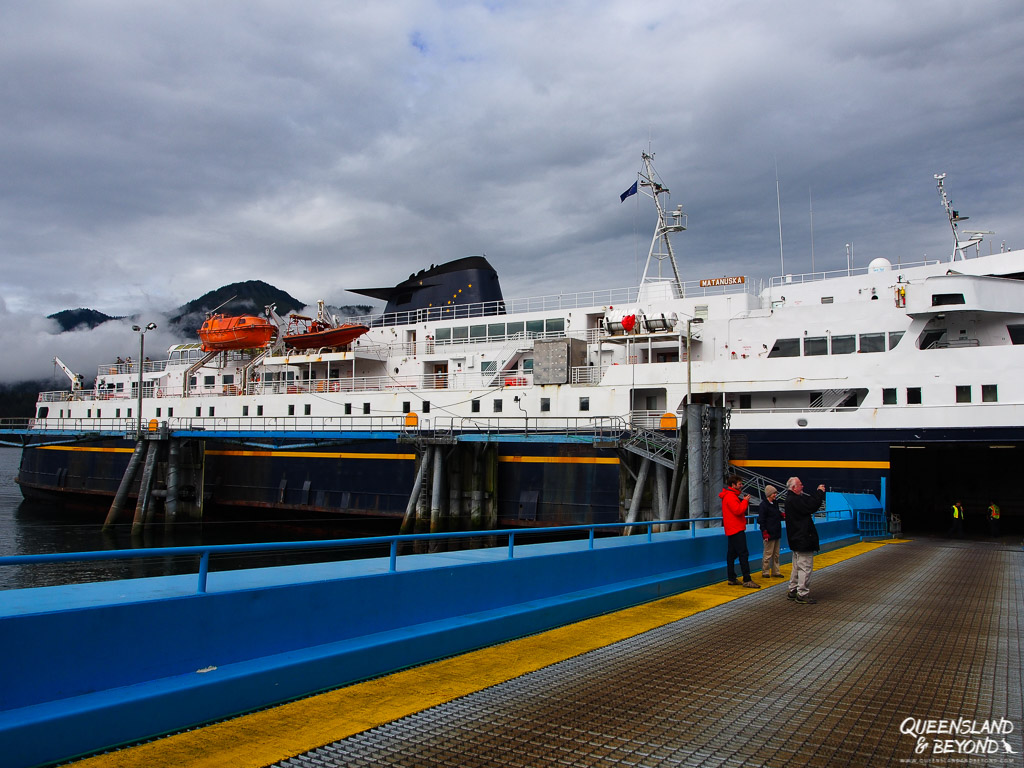
4. SAVE YOUR HARD-EARNED CASH
Compared to a cruise, taking the ferries is relatively affordable. What makes the journey somewhat expensive is
- taking your vehicle (depending on the length, that could cost a pretty penny); and
- booking a cabin.
Once upon a time when I was still happy to sleep on the floor and couldn’t have cared too much about getting seasick, I would not have bothered booking a cabin and just slept on the floor. Plenty of locals and backpackers do. They even come armed with sleeping bags, blankets, pillows, tents (!), etc. to make themselves comfortable.
In fact, without a car or cabin, you could travel the Alaskan part for as little as US$180 per person!
We booked a cabin for both legs of our Inside Passage trip so had to cough up the extra dollars for that. We weren’t sure how seasick I may get (I didn’t) but it was definitely worth the extra expense, especially since we had an ensuite and I got to enjoy a nice hot shower!
If you can do without a cabin, your Inside Passage ferry trip will certainly allow you to splurge elsewhere, e.g. by taking a flightseeing tour over Kluane National Park in the Yukon! 🙂
READ MORE: Kluane National Park from above

5. EXPERIENCE CRUISING IN 1960′s STYLE
I’m sure, like me, you’ve always wanted to experience cruising in 1960’s style! 😉
Well, hop aboard the MV Matanuska, built in 1963 with a major refurb completed in the late 1970s.
It’s still going strong as part of the Alaska Marine Highway vessel fleet, and will take you anywhere between Bellingham, Washington, and Skagway, Alaska. If you love the sixties, this ship will most definitely make you feel nostalgic. Or, if you’re like me, you may just wonder how this rattler of a ship could possibly stay afloat and carry you to your destination safely.
The strange thing is that once you’ve got over the ‘oh my gosh, this cabin looks like a prison cell’ shock and have spent a couple of days on board, you come to like this old lady and appreciate her rickety makeup. Just don’t expect to get any sleep if you happen to have a cabin near the engine room…
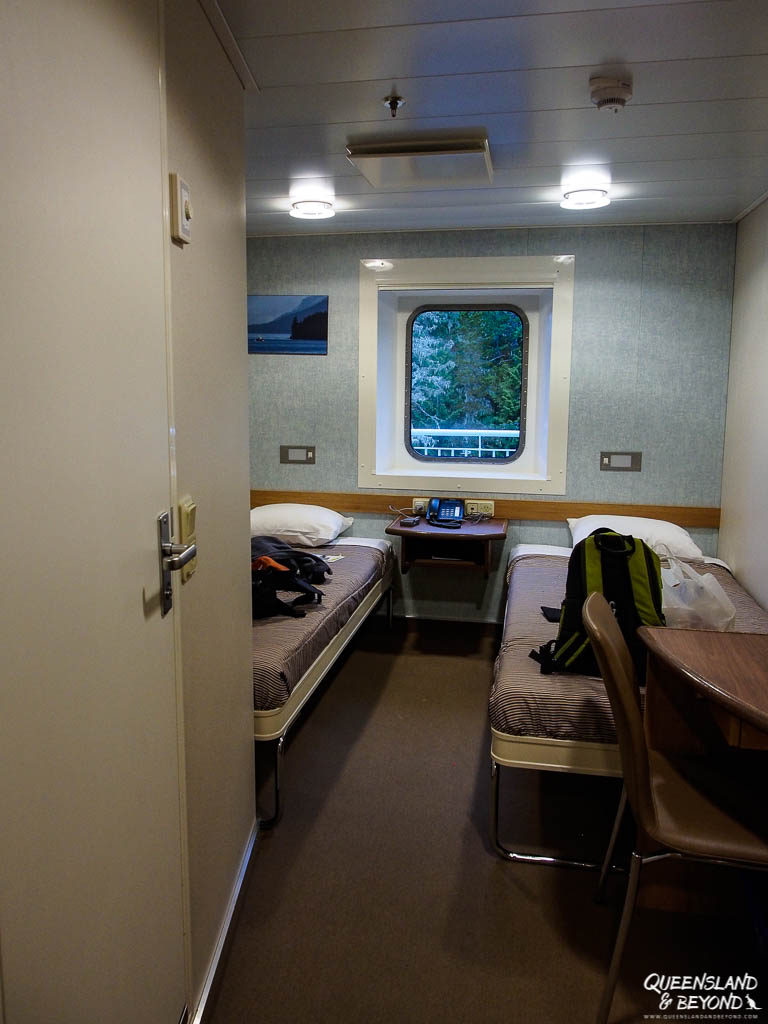
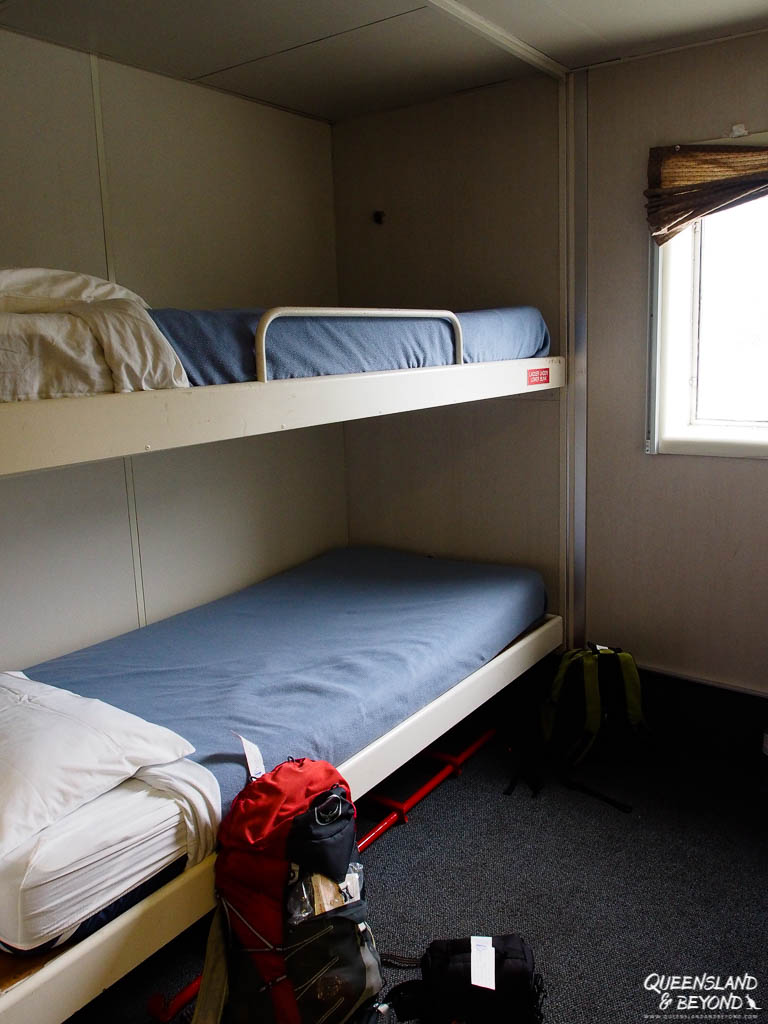
If, however, you prefer to rely on German engineering and like to enjoy a more cushy journey, book yourself on the swanky Northern Expedition that plows the BC Ferry route from Port Hardy (Vancouver Island) to Prince Rupert during the summer months.
Unlike the Alaskan ferry, they even offer some limited gluten-free options in their cafeteria!
COST
The BC Ferries trip cost around CA$1,000 all up (including CA$470 for the campervan and CA$120 for the cabin), while the Alaskan one was comparatively cheaper, given that it was an almost two-day journey, and set us back about US$1,040 (with US$460 spent on the vehicle and US$210 for the cabin).
So for about AU$2,400, we got a three-day Inside Passage “cruise” for two adults including transporting our 16-foot campervan and a 2-berth cabin on each ferry.
5 TIPS FOR TAKING THE INSIDE PASSAGE FERRIES
If you’re like us and know next to nothing about Canada or southeast Alaska before you travel there, here are some tips for travelling the Inside Passage using “public transport”.
TIP 1: DECIDE WHAT YOU WANT TO SEE
The Inside Passage has two sections: The American region which covers southeast Alaska and the Canadian part in British Columbia.
We sailed from Port Hardy on Vancouver Island, Canada, with BC Ferries to Prince Rupert, also still Canada. We had a two night stay in Prince Rupert (due to ferry schedules), and then set off on the Alaska Marine Highway with the Alaskan State Ferry System to Haines, Alaska.
You could also just do one part of the passage, e.g. by driving to Prince Rupert and taking the Alaskan ferries north. Or you could do the trip in reverse, travelling down from Alaska to Prince Rupert, Port Hardy or even onto Bellingham, US.
The big question really is: If you only want to travel part of the Inside Passage which section should you do?
Well, muster up the courage to travel on the creaking MV Matanuska and see southeast Alaska! This leg is much more spectacular than the BC part. Ketchikan, Petersburg, Juneau all looked amazing, you’ll enter narrow, winding passages, and once you get closer to Petersburg, the glaciers and icebergs begin.
Seriously breathtaking scenery!
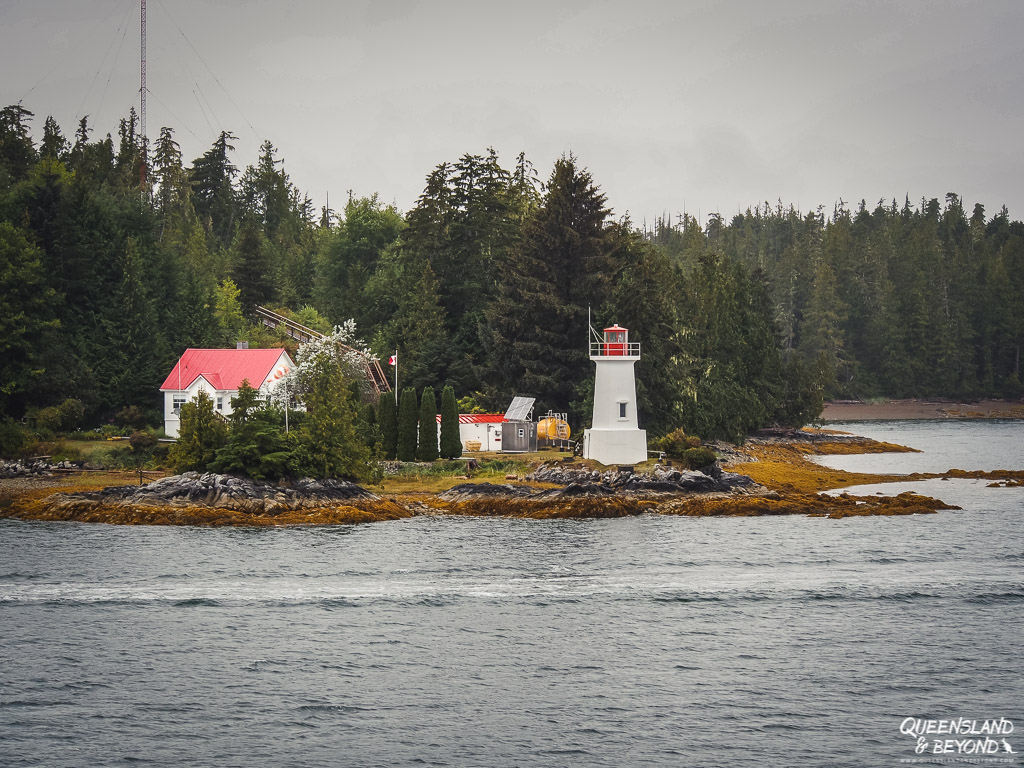
TIP 2: PLAN YOUR ISLAND HOPPING CAREFULLY
There are tons of options for hopping on and off the ferries but you’ll need to book separate tickets for each leg. You will need a good mind for arranging the logistics as you’re going to be dealing with two ferry companies and scheduling.
If you’ve got time and aren’t on a fixed itinerary, you could also just book each leg as you get there. Some backpackers did that but they also didn’t have cars so depending on the size of your vehicle, that might make bookings more challenging. That said, the Alaskan ferry was relatively empty and could easily have squeezed a few more vehicles in when we went in late August.
The BC Ferry to Prince Rupert often stops at Bella Bella or Klemtu on the way, both are First Nations’ communities so you could get off, do some bear watching, and then continue your journey later. BC Ferries also offer services to the remote islands of Haida Gwaii (on my list!) or to Bella Coola, but either way you’ll be leaving the Inside Passage. The scenery towards Bella Coola is stunning though.
In southeast Alaska, you’ve got even more options: from Ketchikan, Petersburg, Wrangell, Sitka, Juneau or Skagway, you’ve got decisions to make. We would definitely do some hopping around next time and visit coastal towns like Sitka or Juneau for a few days.
READ MORE: 7 Stunning Inside Passage Destinations
TIP 3: CONSIDER WHETHER YOU NEED A CABIN
The trip between Port Hardy and Prince Rupert is a (16-hour) day sailing during summer so you don’t necessarily need a cabin if you travel during that time. There are lots of areas on board where you can relax and hang out.
It’s also nice to have your own space. On the Northern Expedition, the beds are super comfy, the cabin’s spacious, and the shower is divine! The Alaskan ferries are a fair bit older so you’re not going to be quite as comfy. But a cabin still gives you your own ensuite, albeit in a less glamorous state.
Just keep in mind that booking a cabin will seriously add to the cost of your sailing, especially when booking a trip with BC Ferries.
TIP 4: ALLOW ENOUGH TIME FOR GOING THROUGH BORDER CONTROL AND BOARDING
If you’re travelling with a vehicle, you will usually need to check in about 2 hours before departure.
At Port Hardy (Vancouver Island), check-in was quick and easy, and can be done the night before (which we did) if it’s a day sailing. For CA$20, you can even choose to sleep under the glaring lights in the ferry line-up so you don’t have to worry about getting there late. Not that we chose that option as I didn’t fancy paying $20 for staying a brightly lit glorified carpark.
If you decide to leave from Prince Rupert (Canada) for Alaska, you’ll have to go through US border control and clear customs in Prince Rupert so be prepared for that and check in early.
We didn’t realise that we needed to go through border control outside the ferry terminal since we had a vehicle (the instructions we got upon check-in inside the terminal were extremely confusing to say the least) so we had to deal with a very, very cranky border control lady once we knew where to go.
We got a big lecture on how late we were, and then she got even crankier when we revealed we had food to declare! Also, remember that you’ll be in a different time zone as soon as you enter the Alaskan ferry terminal.
TIP 5: DECLARE ANY FOOD ITEMS
If you end up travelling from Canada, i.e. Prince Rupert, to Alaska be aware of what food you take on board. Make sure you declare it all on your US customs declaration.
You can actually take quite a lot so don’t throw it all away like we almost did since it turned out ridiculously difficult to find any conclusive information on what is allowed. If you’re used to Australian customs like we are, then you kind of know what to expect…
When we travelled in August 2016, the big no-no’s were tomato, capsicum (pepper), citrus fruit (bye bye, freshly bought mandarins…), plus any fruit or vegetable that’s not from Canada or the US so eat up all those Ecuadorian bananas you bought for the journey! We had no trouble with our dairy, meat or bread products but apparently some soft cheeses or fresh milk can be problematic.
Instead of bringing your own, you can also buy food on the ferries. They don’t exactly have awesomely healthy choices (they were somewhat better on the BC ferry than the Alaskan one) but if you’re dietary-challenged like me, definitely bring your own and don’t rely on the ferry cafeterias for meals.
You can keep a lot of the food in your vehicle and access it when ferry is in port as every time it docks, you can go down to the car deck, rummage around your vehicle, walk your dog or leave the ship for a quick look around the town.

Happy sailing!!
Want to explore the Inside Passage by ferry? Pin for later
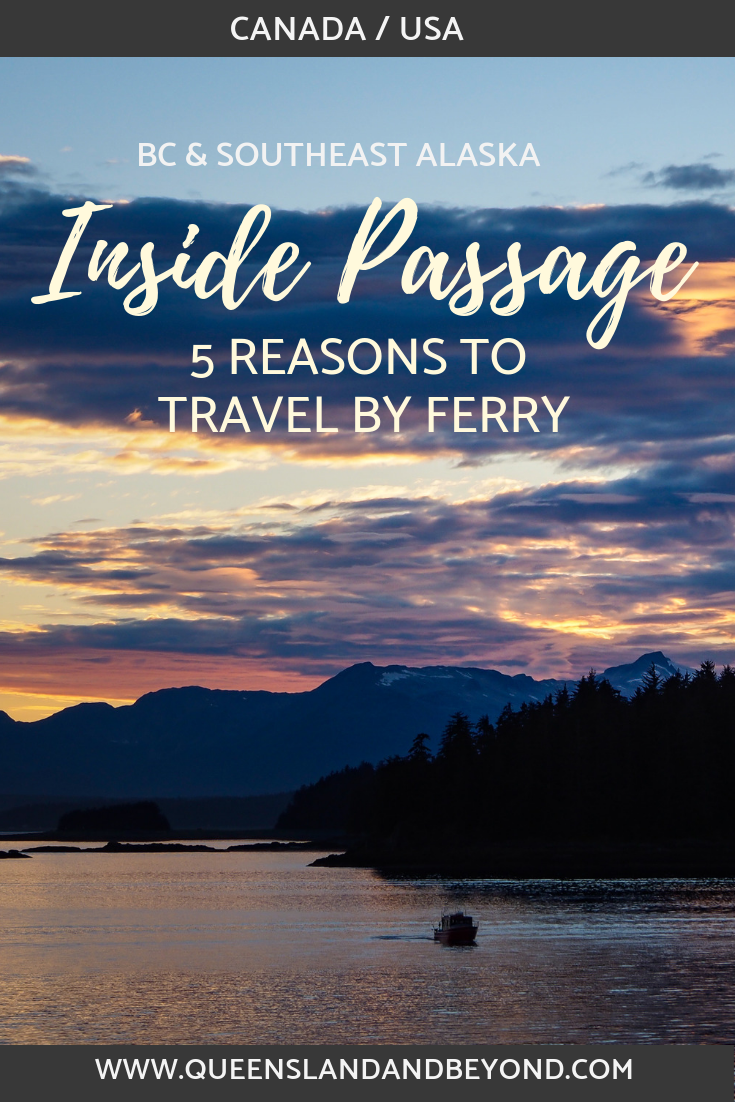

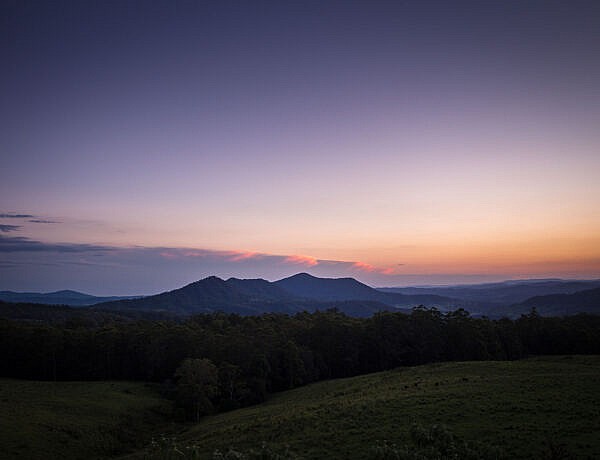
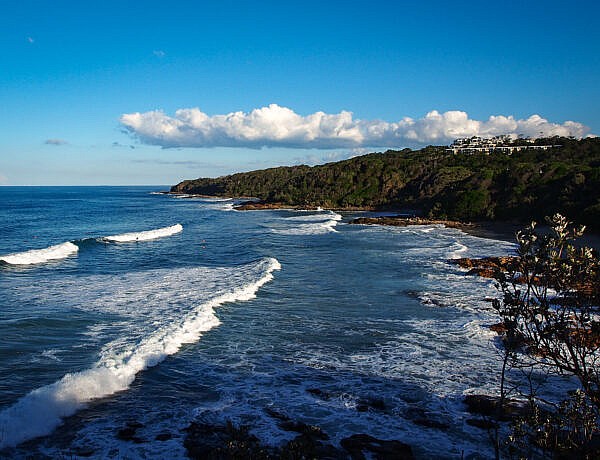
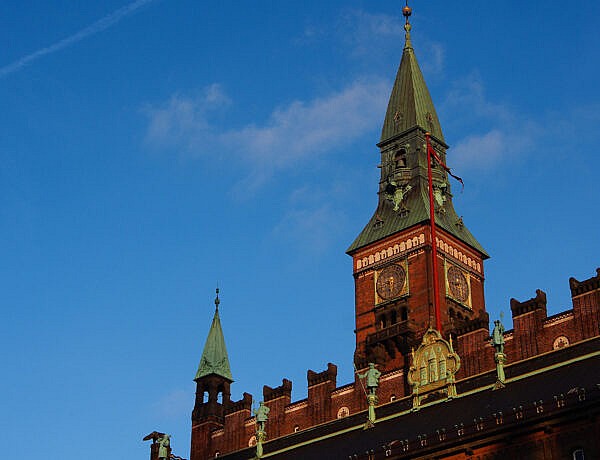

22 Comments
Elizabeth
11 March 2017 at 3:35 AMComing from Alaska, I don’t realize how strange the loading of cars onto a ferry and not having roads out must seem to people! I love traveling by boat. I would much rather relax, be able to walk around, enjoy the cafeteria, then be stuck at the wheel in my car for all those miles!
Kati
11 March 2017 at 8:19 AMHi Elizabeth,
Yes, the loading and unloading of cars was fascinating to watch! I’ve only ever been on ferries where everyone gets on and off at the same time, so this shuffling around was like an intricately choreographed dance. Really enjoyed my time on the ferry, even the old, creaking Matanuska (though our cabin was a bit noisy and sleeping was difficult) but it was such a relaxing way to travel up the coast!! And so stunning!!
Liz Anderson
20 January 2018 at 10:04 AMLooking at heading there this year May 2018. How far up into Alaska can you go. If you don’t have a car is it easy to get around in the port cities. I am guessing you can stay in the port cities as long as you like you just need to book each leg of the trip. Which port cities do you think would be good to stay in for a few days. Should you book ahead of arrival or can you do when you get there. Can you drive between ports or is the ferry the only way to reach settlements.
Your blog was great and very enticing as I too am not a great cruise ship fan
Kati
21 January 2018 at 11:14 AMHi Liz,
Oh, wonderful!! Returning to southeast Alaska and really exploring the region is high up on my bucket list! Great to hear that the post was helpful. 🙂 I spent so much time researching before we went and just couldn’t find much information about how it all worked but it’s actually such a great way to see the Inside Passage without a cruise (and it’s actually quite easy).
You can actually go all the way to Valdez or Whittier (which would be the closest port to Anchorage), plus the Aleutian Islands. We went as far as Haines, which is still in southeast Alaska. You’d have to catch a couple of different ferries if you wanted to go from Vancouver Island or Prince Rupert to Whittier, for example. If you travelled from Bellingham, Washington (and thus “avoided” Canada), you could catch one ferry from Bellingham all the way to Whittier, stopping at Juneau or a couple of other ports.
Yes, you could easily stop in each port city. You would just need to book each leg separately like you said. There were a few people on our ferry who didn’t have a car and thus booked nothing ahead. They just booked one trip, got off and then booked their next sailing at the ferry terminal. Or you could plan your route and then book it all online via the Alaska Marine Highway website. That’s what we did (but we only had one passage from Prince Rupert to Haines to book with no stopovers). You’ll have to play with dates and stuff as the ferries don’t go every day. We booked ahead but only because we had a campervan, and I had read somewhere that the ferries book up. I booked in February and I think I was the first booking for that date, haha! The ferry going up from Prince Rupert to Haines isn’t huge (it’s not small but it’s not massive like the Canadian BC ferries, e.g. to Vancouver Island) but it wasn’t full by any stretch of the imagination. We went in late August and there were still plenty of cabins available. If you’re travelling without a car, you could probably just walk up to the ferry terminal and buy a ticket on the day, especially if you’re hoping around some of the smaller ports. And you may not want or need a cabin as you’ll spend most of your time on deck anyway, and some crossings are only a few hours.
You can’t drive between the ports, there are literally no roads that connect southeast Alaska. The only way in and out is via ferry or via seaplane (well, Juneau has a bigger airport being the capital).
We wanted to return to southeast Alaska this year but it’s unlikely to happen but when we do, I want to explore: Ketchikan (1-2 days) (though cruise ships also go there so you might want to check cruise schedules so that you’re not in town with 5,000 other people!), Petersburg (1-2 days), Juneau (at least 2 days to see Mendenhall Glacier etc. there’s also a lot of hiking in the area and bear watching; again check cruise schedules!), and Sitka (didn’t stop there but have read about it and it sounds very interesting historically). And maybe places like Gustavus but I’ll need to do a bit more research there.
Hope this helps!
Liz
22 January 2018 at 6:35 AMThanks Kati for this great update and your blog . Will let you know how my planning goes – liz
Kati
23 January 2018 at 10:26 AMMy pleasure. 🙂 Would love to hear what you end up doing.
Nicole Analissa
26 January 2018 at 5:51 PMWow! This is super helpful. Thank you so much for sharing. I’m headed up to Wrangel from Los Angeles in mid-February and currently trying to decide if I want to fly or take the ferry from Bellingham. I’ll be in Wrangell for at least a month so it would be lovely to have my car. I was curious- do they allow folks to sleep in their cars on the ferry? My car has been converted to a little home on wheels and has a bed in it. Thanks so much for your feedback
Kati
30 January 2018 at 9:15 AMHi Nicole,
Great to hear this was helpful! 🙂 Aw, I’d love to head up that way again, though it’ll still be nice and cold when you’re going!! Brrr…
On the Alaskan ferry (Prince Rupert to Haines) we weren’t allowed to go down to our campervan unless the ferry was in port. Nobody was allowed to stay in the loading deck whilst the ferry was moving so I can’t imagine they’d let you sleep in your van (unfortunately). But yes, you could certainly take the ferry from Bellingham but it’d be a pretty long passage (like 24 hours?). I think it doesn’t stop at a port until Prince Rupert? From there’s it’s easy… 8 hours or so to Ketchikan and then another 4 (or 6?) hours to Wrangel if I recall correctly (it’s been a while 🙂 ). You’d definitely want to have your van with you though, sounds like a fabulous adventure and you could zip around some of the other ports and islands when you’ve got time.
Good luck!!!
Nicole Analissa
30 January 2018 at 3:46 PMYay! Thanks so much for the additional info, Kati! Really appreciate it. I lived in Juneau for 5 months without a car (riding my mountain bike in the pouring rain ??)… so would be super stoked to have my car with me this time. Thanks again for sharing your experience 🙂
Kati
30 January 2018 at 4:54 PMAh, then you know all about southeast Alaska! That must have been quite an experience living in Juneau for five months! I’m bummed that we didn’t even get to go off the ferry at Juneau, it looked simply spectacular (though at least I got to enjoyed a ridiculously beautiful sunset over the bay). Enjoy the trip up if you end up going on the ferry, it’s quite an adventure on the rickety old MV Matanuska. 😀
John Rakestraw
30 December 2018 at 3:32 PMHi Liz abs Elizabeth, my wife and I are doing the Inside Passage by ferry during late May and June 2019. We would be interested in knowing what you saw and what you wished you’d seen. Thanks, John
Kati
2 January 2019 at 6:57 AMHi John,
I’m not sure Liz or Elizabeth will see your comment but I’ve just published a guide to Inside Passage stops that I’d love to return to. Might be helpful as you plan your travels. 🙂
http://queenslandandbeyond.com/best-stops-inside-passage-destinations/
No matter where you stop, you’re going to have a great time, I’m sure!! And I’ve heard that May is one of the best times as there’s relatively little rain – good luck!!
John Rakestraw
4 January 2019 at 9:41 AMThank you, Kati!!! We have much of our ferry trip and lodging booked. Luckily, we have planned to visit most of the locations that you noted within your article. The timing of ferry arrivals and departures limits our ability to visit Sitka within our timeframe. I’ve been considering a flight to Sitka from either Petersburg or Gustavus. Have you ever used “puddle jumping” small aircraft to get to some of the isolated ports within the Inside Passage?
Thanks again for your insight. John
Kati
6 January 2019 at 9:34 PMHi John,
Oh, wow, that sounds like a fantastic trip that you’ve got planned!! How long have you got to explore the Inside Passage?
Yes, I can imagine the timing of ferries is a bit of challenge and makes some places difficult to get to. I’ve had enough trouble just getting on ferries at times, let alone coordinating arrival/departure times. Have never used “puddle jumping” aircrafts, that sounds seriously tiny! I have a hard enough time getting on small aircraft for short scenic flights so I’m not sure I’d be up for that. 🙂
Have an amazing time with fabulous weather and no hiccups with the ferry schedules!!
Scott Forsyth
3 May 2019 at 1:43 AMKati.
Thank-you, thank-you, thank-you.
Incredible how bad a job the tourist agencies have done at having information like this out there.
I will now read your posts in detail 🙂
cheers,
Scott
Kati
7 May 2019 at 7:37 PMHi Scott, ah, thank you for your kind words! Any questions, let me know – I’m very happy to offer whatever information I can based on my own limited and inadequate experience! 😉 (By ‘inadequate’ I definitely mean that I must go back and experience the stunning beauty of the Inside Passage again!! 😀 )
Anna Ashton
14 February 2020 at 4:01 PMThis looks like what I’m searching for…I had heard of some ferry that went up the inside passage… this has been really useful. We are hoping to spend around 10 days hopping on and off…with bicycles…in September, after riding north from San Fran to Vancouver….Thankyou for your story!
Kati
15 March 2020 at 9:05 PMHi Anna,
Sorry for the slow reply, missed your comment. Glad you found this useful. I remember thinking how tricky it was to find information about the area as well. It’s been 3.5 years since we’ve done the trip up the Inside Passage but hopefully not too much has changed. Hoping to get back there one day.
Brian & Valorie Morse
2 March 2021 at 3:33 PMGreat and very helpful info!
Any idea if we can take a small very well trained 15lb dog with us if we are paying for a car and a cabin?
THANKS MUCH
Brian & Valorie
1-858-344-8122
Kati
2 March 2021 at 7:17 PMHi Brian and Valorie,
Thanks for your comment! 🙂 Yes, I would think that you could take your dog as long as you’re aware that the dog will probably have to stay in the car. There were quite a few dog owners on our ferry and they would walk their dogs when the ferry was in port (so, that meant every few hours). I’m not sure how they managed food etc. but they were certainly walking their dogs in the car hold when in port. If you want your dog in the cabin, you’ll probably need to contact Alaska/BC Ferries to check with them directly.
Andrea
28 August 2021 at 6:43 AMI’m obsessed with the idea of traveling by ferry throughout Alaska, so thank you SO much for your amazing article! Very generous of you to provide this wonderful guidance for us!
John Carston
15 December 2021 at 10:58 AMIt helped when you mentioned that it is interesting knowing that you are going in one of the most popular places. My sister mentioned to me last night that she wants us to go to Alaska and have an inside passage cruise for our vacation as a celebration of her birthday and asked if I have any idea what is the best option to consider. Thanks to this informative article and I’ll be sure to tell her that we can consult Alaska tours and cruises as they can answer all our inquiries.